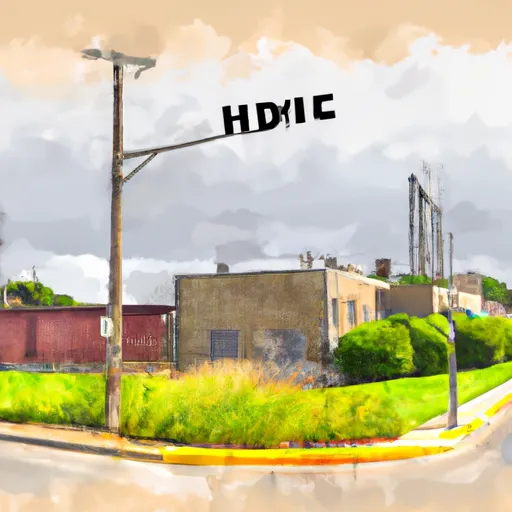°F
°F
mph
Windspeed
%
Humidity











Radcliffe, Iowa is a small town located in the central part of the state. The climate in Radcliffe is characterized by hot summers and cold winters. Average high temperatures in summer can reach around 85°F (29°C), while winter lows can drop to approximately 15°F (-9°C). The town experiences moderate rainfall throughout the year, with an average annual precipitation of around 34 inches (86 cm).
In terms of hydrology constituents, Radcliffe is situated in the Iowa River watershed. This means that the town is influenced by the river and its tributaries, which provide important water resources for agriculture and recreation. The area is also known for its fertile soil and agricultural activities.
For outdoor recreation enthusiasts, Radcliffe offers various opportunities. The Iowa River provides options for fishing, boating, and canoeing. There are also several parks and natural areas nearby, such as the Pine Lake State Park, which offers hiking trails, camping facilities, and opportunities for wildlife observation.
In conclusion, Radcliffe, Iowa experiences a typical Midwestern climate with distinct seasons. The town benefits from its location within the Iowa River watershed, providing hydrological resources for both agricultural and recreational activities, including fishing, boating, and hiking in nearby natural areas.
Weather Forecast
Radcliffe receives approximately 874mm of rain per year, with humidity levels near 82% and air temperatures averaging around 9°C. Radcliffe has a plant hardyness factor of 5, meaning plants and agriculture in this region thrive during a short period during spring and early summer. Most plants will die off during the colder winter months.
Regional Streamflow Levels
8
Cubic Feet Per Second
63
Cubic Feet Per Second
205
Cubic Feet Per Second
100
Cubic Feet Per Second
Nearby Camping
| Camping Area | Reservations | Toilets | Showers |
|---|---|---|---|
| Van Meter State Park | |||
| Carrollton City Park | |||
| Cleary Lake Regional Park | |||
| Bogard City Park | |||
| Ashton Wildwood Park | |||
| Knob Noster State Park |



